Awaken Your Inner Naturalist with Bull Run Mountains Conservancy’s Spring and Summer Programs
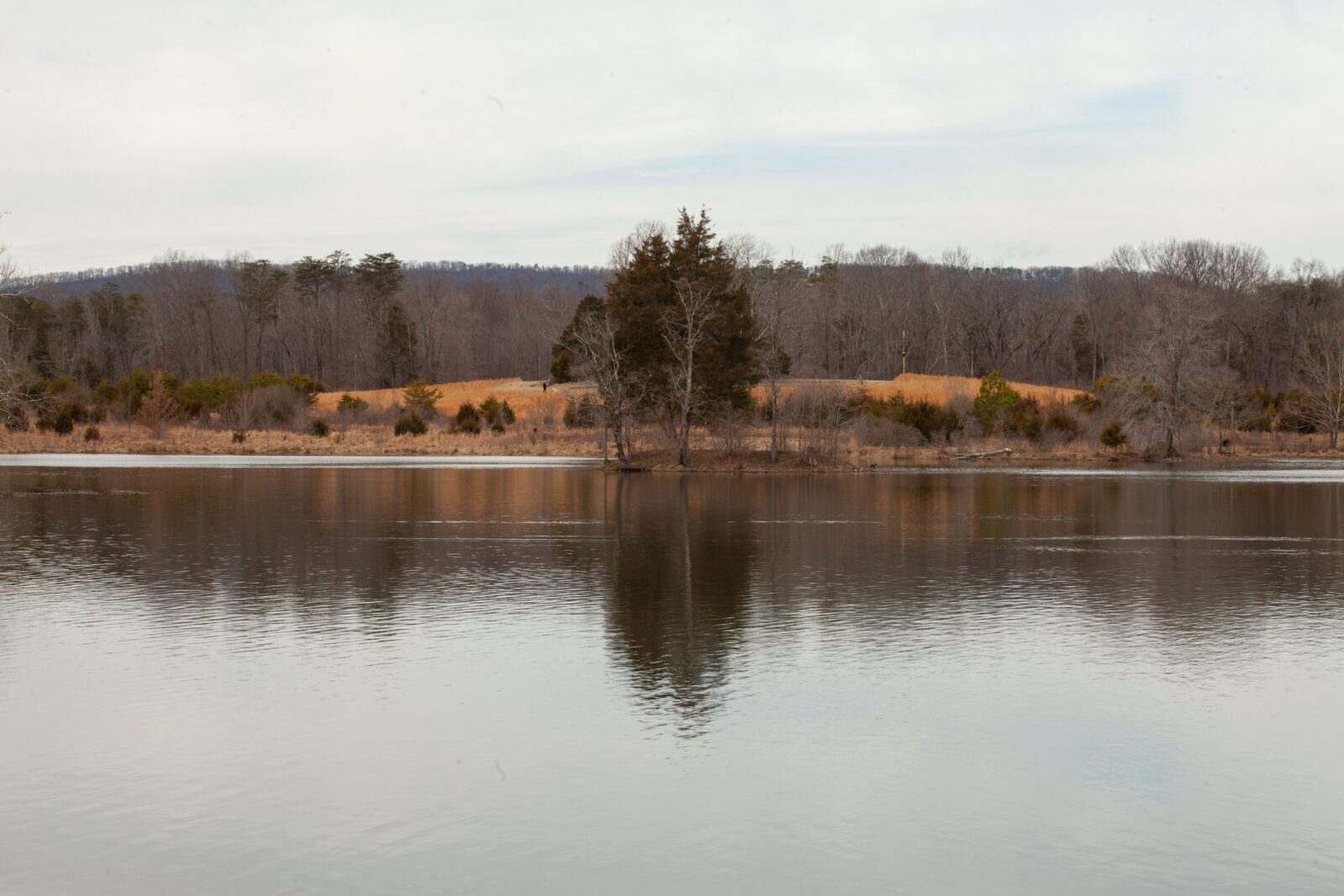
Story by Will Thompson
On a chilly Saturday morning in February, a group of ten or so nature enthusiasts gathered at Leopold’s Preserve in Broad Run to partake in one of Bull Run Mountains Conservancy’s (BRMC) monthly naturalist walks. Ice still circled the water’s edge throughout the preserve’s wetlands, but in moments of passing warmth, the sun broke through the misty clouds to cast a welcome reminder: Spring is on its way.
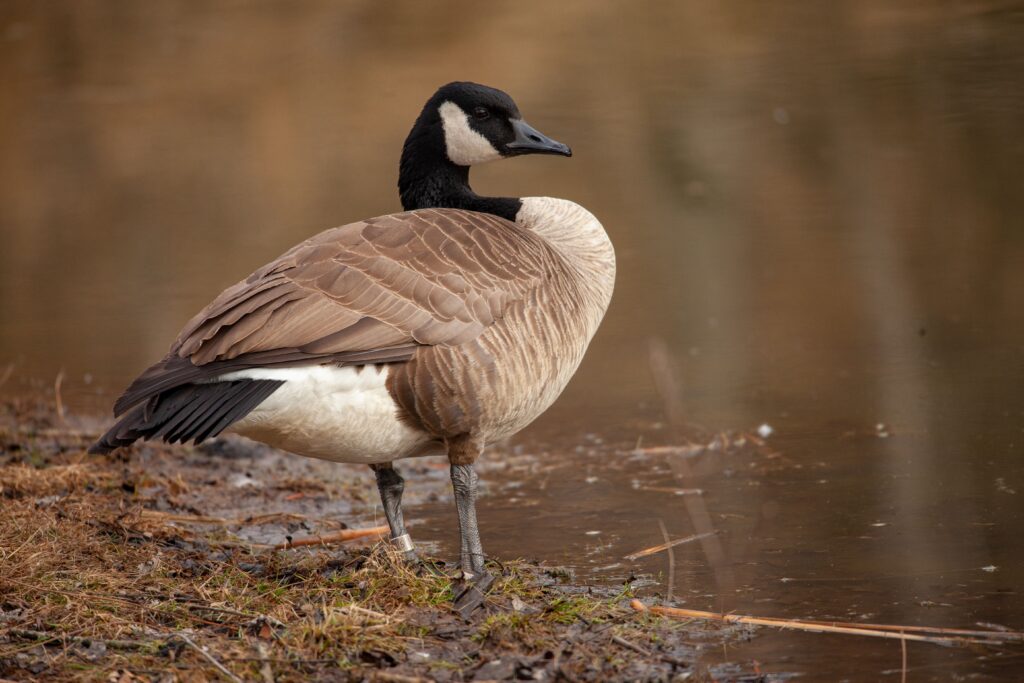
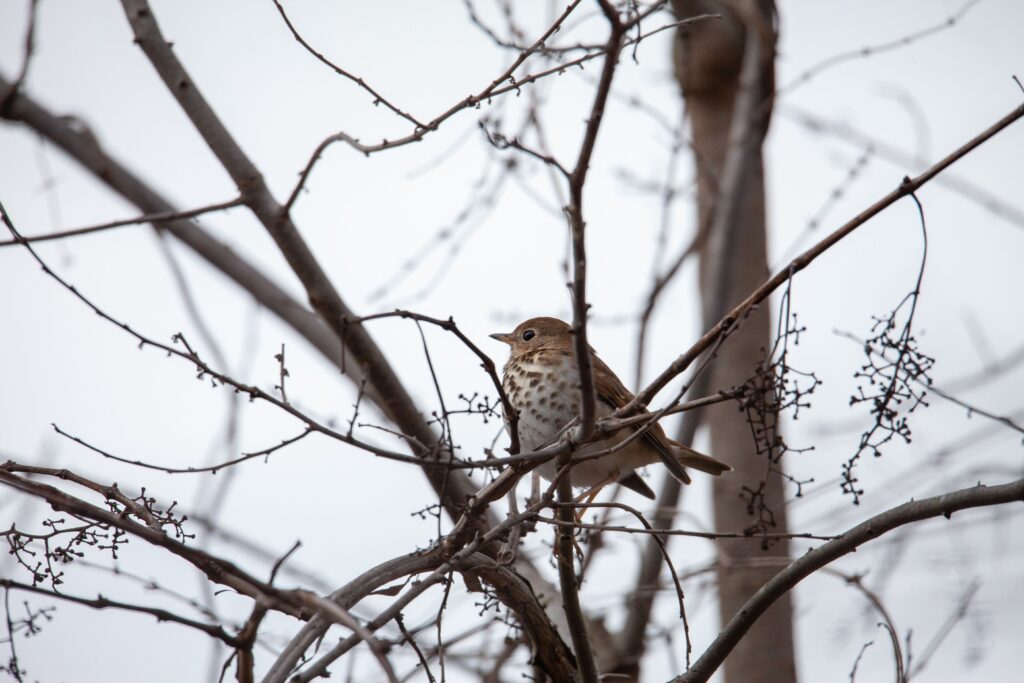
As the natural world begins to bloom and stir once again, the warm weather months bring the opportunity — and the inspiration — to get outside and enjoy the beautiful landscape of the Piedmont. Through BRMC’s spring and summer offerings, participants of all ages can awaken their inner naturalist by deepening their understanding and appreciation of their local ecosystem.
Since 1994, BRMC, a Broad Run-based nonprofit, has worked to protect the Bull Run Mountains — from their southern ridges in New Baltimore to their northern end in Aldie, Virginia — through education, research, and stewardship. Rather than treat nature as an entity separate from the people who call it home, BRMC’s approach to conservation aims to immerse people in their landscape and to inspire them to appreciate and care for the ecosystem. As part of its mission, BRMC offers educational programs for adults and children that focus on the ecological, historical, and cultural features of the Bull Run Mountains.
Those interested in learning more about the Piedmont ecosystem and its protected areas can join year-round nature excursions led by BRMC, including those in Leopold’s Preserve sponsored by the White House Farm Foundation. In this ever-changing series of walks, participants observe and learn about the wonders, big and small, in their own backyards, from birds and amphibians, to geology.
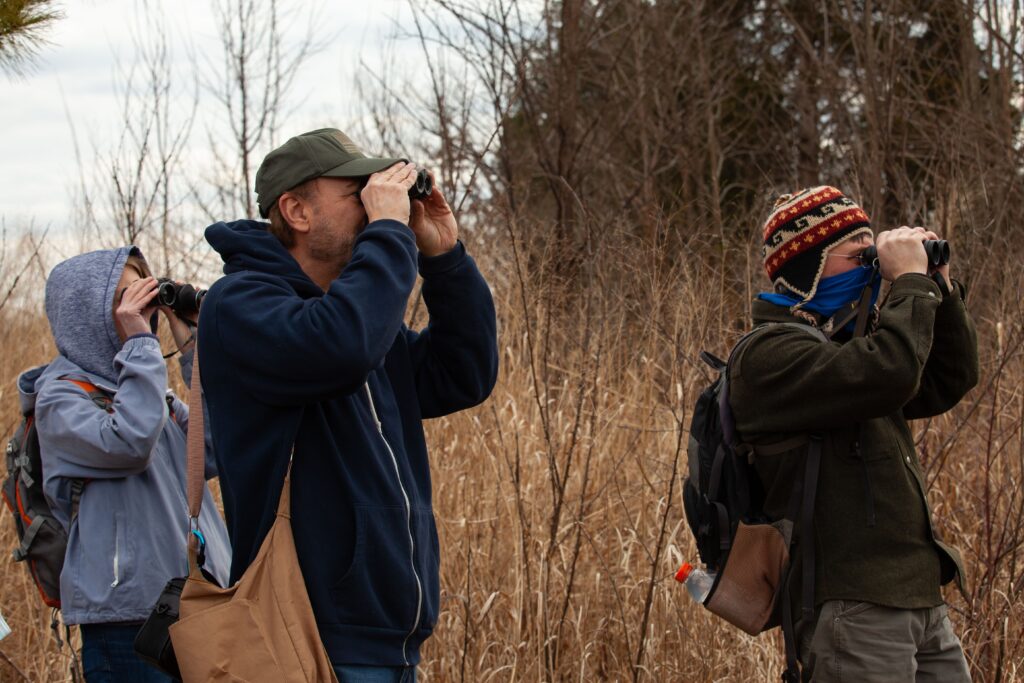
“We’re truly an outdoor educator,” says Michael Kieffer, BRMC’s executive director. “Everything that we do is outdoors, either with a naturalist or with experts in their field. It’s about really engaging the community at all age levels to get a better understanding of not only what’s [in] their landscape, but why their landscape [looks] the way it does.”
Kieffer led a naturalist walk in February, which focused on observing the birds that call the wetlands of Leopold’s Preserve home during the winter. Drawing on his 30 years of experience in the field, Kieffer excitedly pointed out different species of birds from the shoreline — including a pair of hooded mergansers that look something like ducks sporting impressive punk rock mohawks — and informed the participants about the species’ behaviors and conservation history.
Luke Tauzon, 9, and his mother Tracy were among the participants. They were introduced to BRMC in 2021 through its annual Halloween Safari and have since attended several of the walks. While closely examining a sycamore tree seed pod and an organic artifact that was identified as a caterpillar egg case, Tauzon shared how interesting he finds birds and nature (especially fungus) and how important it is for his fellow kids to learn about their local ecosystem.
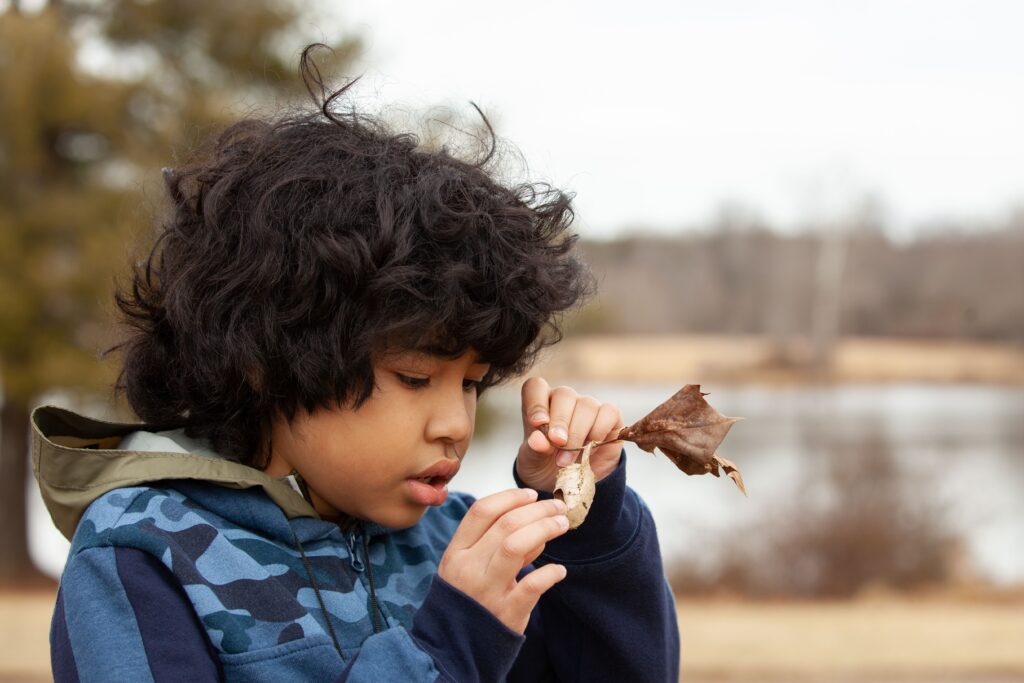
BRMC’s school programs, scout programs, and summer camps aim to inspire children of all ages to explore the outdoors as a fun and exciting place — one that we all have the responsibility to protect.
BRMC’s summer camps include naturalist camps, a herpetology camp, and a Chesapeake watershed workshop. Through each, children get to spend an adventurous week or so interacting with the natural world through hikes, stream walks, searching for wildlife, collecting insects, and playing games. “They get to visit three Piedmont perennial streams — they love water and just getting dirty, finding crayfish, exploring, and having the freedom to be in nature,” Kieffer says. Campers might expect to observe salamanders, frogs, newts, turtles, and snakes, as well as learn to recognize the tracks and signs of raccoons, foxes, coyotes, bears, deer, and even otters.
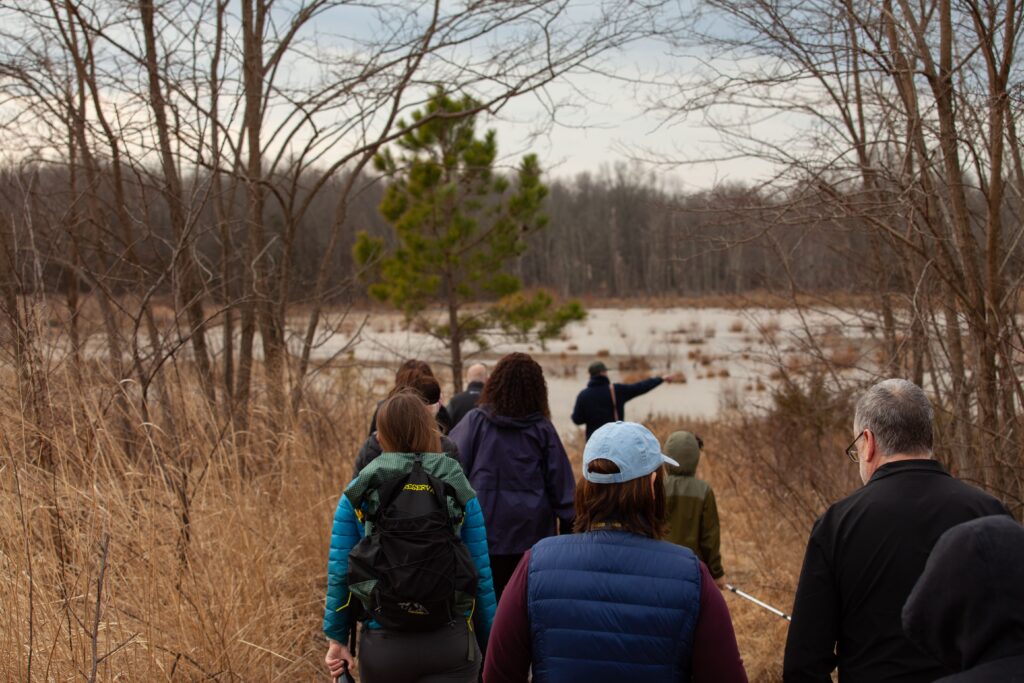
Kieffer notes that several people who went through BRMC’s summer camps earlier in life have gone on to have careers in conservation, including a marine ecologist, an entomologist, and an environmental lawyer.
Helping people find the beauty and excitement in nature is an important first step toward protecting the natural landscapes of the Piedmont. Given time, these protected areas can heal from human intrusions and become complex, biodiverse, and abundant ecosystems once more. The process may take centuries, but its future seems to be secure as long as children continue to find wonder in exploring streams, catching frogs, and being in nature. ML
BRMC’s calendar of programs includes nature walks which are open to the public, a homeschool series, and summer camps. The calendar is available on their website: brmconservancy.org.
This article first appeared in the March 2022 Issue.


